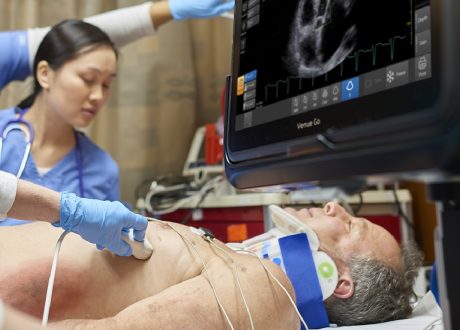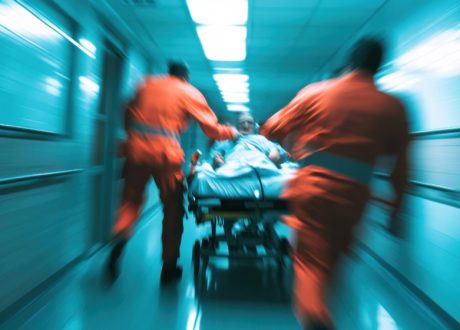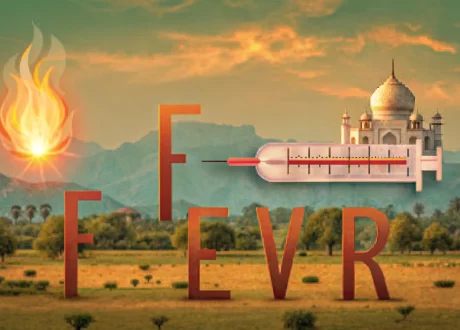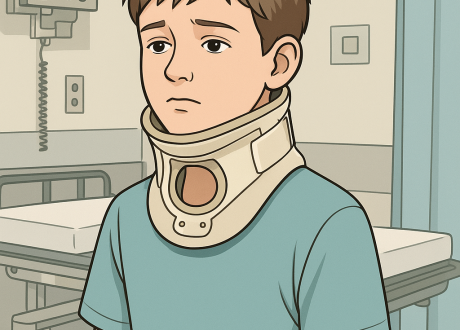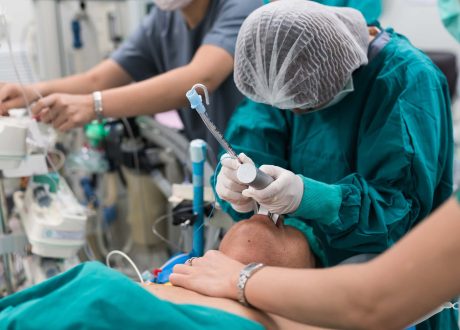Hsuan Lai a , Caroline V. Choong b , Stephanie Fook-Chongc , Yih Yng Ng d
,Eric A. Finkelsteine , Benjamin Haalandf,g , E. Shaun Gohh , Benjamin Sieu-Hon Leongi
,Han Nee Ganj , David Fook , Lai Peng Thaml , Rabind Charles m, Marcus Eng Hock Ong n,e,∗
,For the PAROS study group
a b s t r a c t
Aim: We aim to study if there has been an improvement in survival for Out-of-Hospital Cardiac Arrest
(OHCA) in Singapore, the effects of various interventional strategies over the past 10 years, and identify
strategies that contributed to improved survival.
Methods: Rates of OHCA survival were compared between 2001–2004 and 2010–2012, using nationwide
data for all OHCA presenting to EMS and public hospitals. A multivariate logistic regression model for
survival to discharge was constructed to identify strategies with significant impact.
Results: A total of 5453 cases were included, 2428 cases from 2001 to 2004 and 3025 cases from 2010 to
2012. There was significant improvement in Utstein (witnessed, shockable) survival to discharge from
2001–2004 (2.5%) to 2010–2012 (11.0%), adjusted odds ratio (OR) 9.6 [95% CI: 2.2–41.9]). Overall survival
to discharge increased from 1.6% to 3.2% (adjusted OR 2.2 [1.5–3.3]). Bystander CPR rates increased from
19.7% to 22.4% (p = 0.02). The multivariate regression model (adjusted for important non-modifiable risk
factors) showed that response time <8 min (OR 1.5 [1.0–2.3]), bystander AED (OR 5.8 [2.0–16.2]), and
post-resuscitation hypothermia (OR 30.0 [11.5–78.0]) were significantly associated with survival to hospital
discharge. Conversely, pre-hospital epinephrine (OR 0.6 [0.4–0.9]) was associated negatively with
survival.
Conclusions: OHCA survival has improved in Singapore over the past 10 years. Improvement in response
time, public AEDs and post-resuscitation hypothermia appear to have contributed to the increase in
survival. Singapore’s experience might suggest that developing EMS systems should focus on reducing
times to basic life support, including bystander defibrillation and post-resuscitation care.



